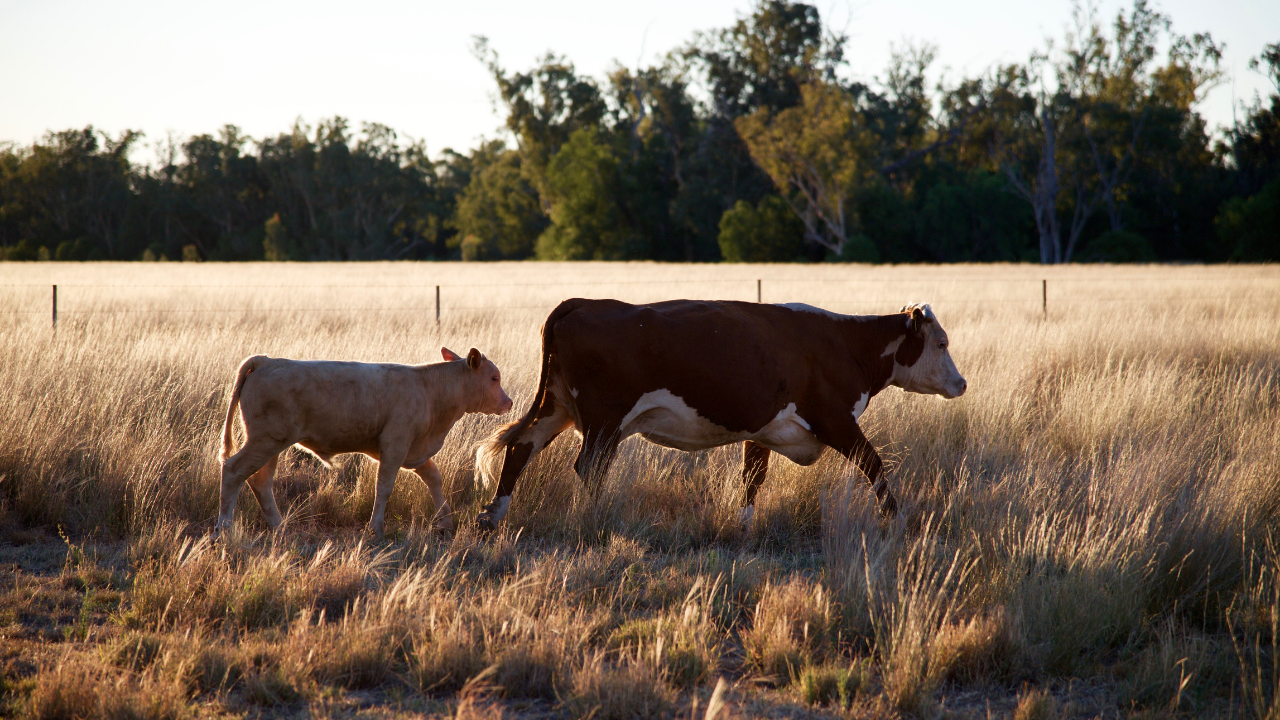100% Regenerative Grass-Fed Beef vs. Grass-Fed Beef vs. Conventional Beef
Jun 21, 2021
Many people believe beef is beef, however, this is not true. There are many differences between 100% regenerative grass-fed beef, grass-fed beef & conventional beef. This is a common question among us nutritionists. People want to know if there is really a difference and if it’s worth spending the extra dollars on grass-fed. The short answer is yes absolutely, and for more reasons than you may have thought!
Grass-fed means meat obtained from cows that were raised, after weaning, on a diet of grass situated in a pasture. However, in today's times, grass-fed can still be a misconception. When purchasing meat, we want to look for 100% regenerative grass-fed beef. This is when we know the cattle were fully raised on grass. When a label just reads "grass-fed," this means the cattle still could have been finished with grain, meaning it is not 100% grass-fed.
Grain-fed, factory-farmed, or “conventional” meat means the cattle are fed a diet that usually includes corn, soybeans, and by-products. Some believe that the pesticides, herbicides, fungicides, and fertilizers in the grain are then stored as toxins in the fat of the animals. Which then enters our bodies when we eat this conventional meat.
Scientists have told us that conventional beef contains more inflammatory fats than grass-fed beef. Conventional beef can cause inflammation because it’s higher in omega-6 fatty acids, compared to grass-fed beef which contains a much larger amount of omega-3 fatty acids. Grass-fed beef also has significantly lower levels of saturated fat compared to grain-fed beef. Because it’s lower in saturated fat, grass-fed is also lower in calories.

Grass-fed beef also has better nutrients as it's found to be higher in vitamins. Grass-fed beef has been found to be packed with B vitamins, and be higher in vitamins A, E, and other antioxidants compared to conventional or grain-fed beef. Several studies suggest that grass-based diets elevate precursors for cancer-fighting antioxidants such as glutathione (GT) and superoxide dismutase (SOD) activity as compared to grain-fed contemporaries. (1)
Choosing to buy pasture-raised grass-fed beef also lowers our chance of mad cow disease!
Grass-fed or pasture-raised beef is also a much healthier choice for the environment. Circumstantial evidence supports the hypothesis that plant diversity affects the biochemical richness of meat as well as human and environmental health. (2)
Being the author of The Earth Diet my approach has always been to go back to nature as much as possible. It’s obvious that cows roaming in a field, in a natural environment, eating grass is obviously healthier than cows forced into confined spaces being fed grain and corn and then hormones to make them grow faster and antibiotics when they get sick from this unnatural environment. Furthermore, when we choose grass-fed and pasture-raised we are connecting deeper with our environment. Some researchers are incredibly passionate about this subject and would like to see future studies to elucidate how plant diversity influences the flavor and biochemical richness of meat; how phytochemically rich herbs, spices, vegetables, and fruits complement meals that contain meat; and how the aforementioned effect the health of people and the planet. They believe that the ability of phytochemically and biochemically rich meals that contain grass-fed meat to satiate; and the value to cells and organ systems, including the microbiome, of phytochemically and biochemically rich foods for humans. (3)
Force of Nature meats are a step above grass-fed, they raise 100% regenerative grass-fed beef, where their animals are truly pasture-raised. This is even a step above Organic. They are living in their natural state and are the healthiest meat we could possibly consume.
Resources:


